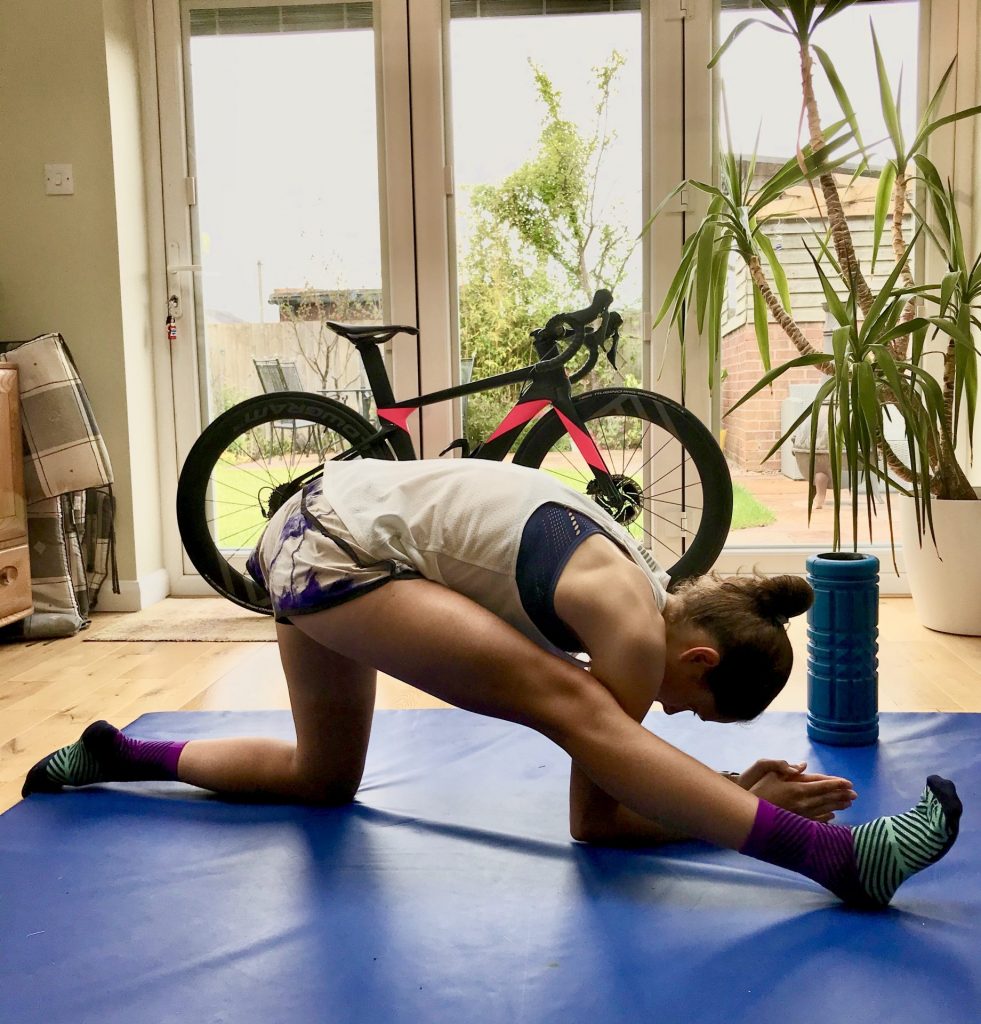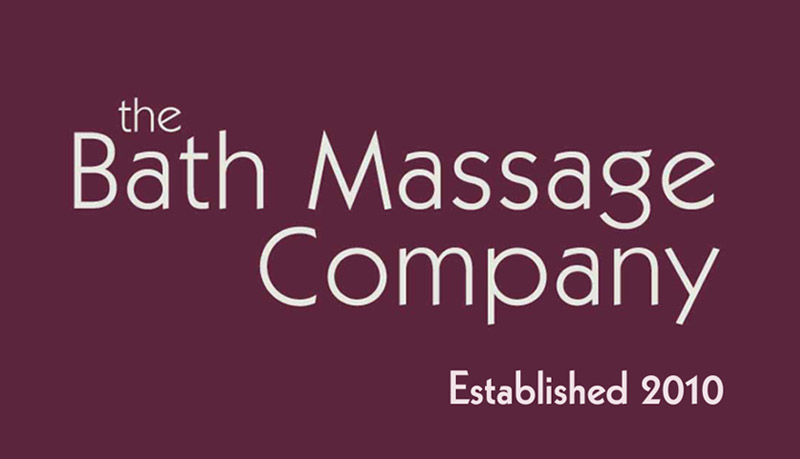 We’ve been chatting to our fabulous Brand Ambassador Mia Hawkins about exercise at home during these restricted times.
We’ve been chatting to our fabulous Brand Ambassador Mia Hawkins about exercise at home during these restricted times.
If you’re usually down at the gym, or at a class and can’t get there at the moment then read on as Mia has some suggestions for stretches you can do at home to keep everything supple and strong. Her tip for today is all about releasing the back.
Mia says: “To release tension in the back which can come from lack of movement & regular exercise, I recommend doing lunges and half split to stretch hamstrings. If you’ve never done a lunge, don’t worry it’s really easy-to-learn, safe and incredibly effective exercise.
It targets the quadriceps and the glutes most intensely, but also hits the hamstrings, calves and core. And, there are many potential advantages to including lunges in your routine. Here are some benefits:
Better Balance
Lunges are unilateral exercises, meaning that they train one side of your body independently from the other.
Training one side at a time vastly improves your balance and coordination.
Bilateral leg exercises like the squat and deadlift are best for overall strength and muscle building purposes. But they simply can’t deliver the balance and stabilization benefits that lunges do.
Superior Symmetry
Possibly the best benefit of the lunge exercise is that you can “even out” strength and muscular imbalances by bringing your weak side up to par with your stronger side.
In effect, this can improve your strength on squats and deadlifts because you eliminate the “weak link” that would otherwise hold back your progress.
Increased Hip Flexor Flexibility
The lunge technique forces you to stretch your hip flexor muscles, which are chronically tight for many individuals in today’s increasingly sedentary world.
The lunge exercise certainly isnt’t the end-all, be-all for hip flexibility. But it’s a good start! For a more complete solution to your flexibility woes, implement a well-structured stretching and mobility routine.
Improved Glute Activation
Most lifters cannot fully utilize their gluteal muscles because they are inhibited by overactive hip flexors and spinal erectors. However, these overactive muscles are neutralized when performing lunges (with proper form). The result is that your body is in a position where you’re able to isolate and activate the glutes.
Note: exercises like the glute bridge, glute-ham raise or cable pull through should also be used if glute activation is a primary goal.
Better Core Stability
You can say that nearly all weight lifting exercises improve your core stability (i.e. the ability to control spinal and pelvic position, particularly during movement). However, lunges make most of these exercises appear insignificant in this regard.
With lunges, you have to work hard to keep your torso upright – without using spinal extension to compensate for poor pelvic position – as you lunge up and down. It’s easier said than done.
Spinal Deloading
The lunge, especially the dumbbell variation, deloads your spine. Exercises like squats do the opposite.
Spinal loading isn’t a bad thing in and of itself. However, deloading is beneficial for giving your spine some rest and recovery especially if you’ve been training for a while.

Half Split to stretch





